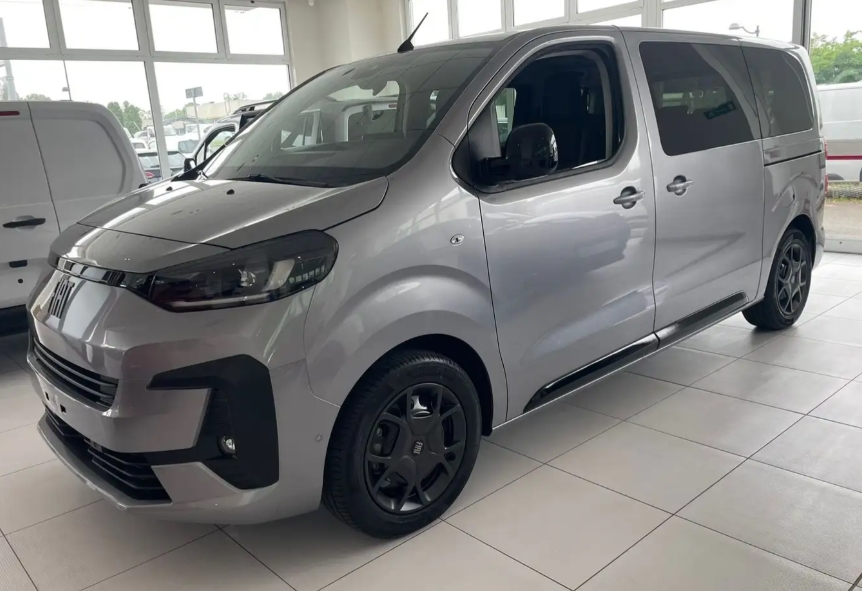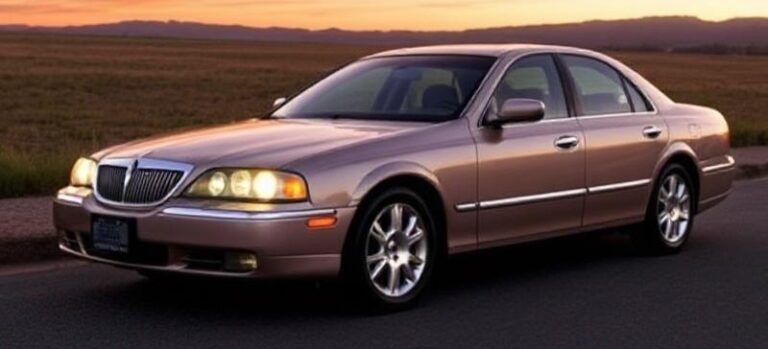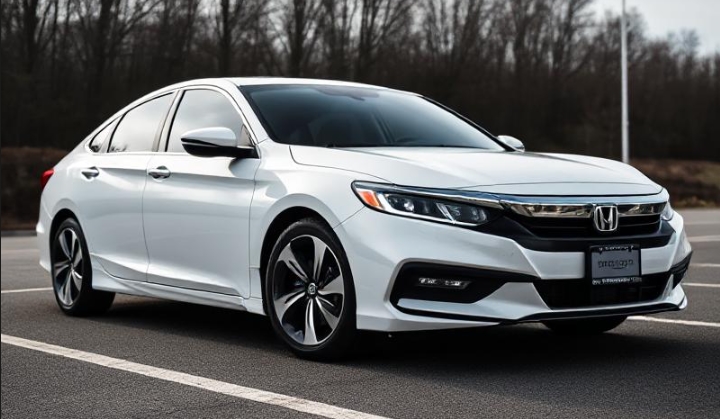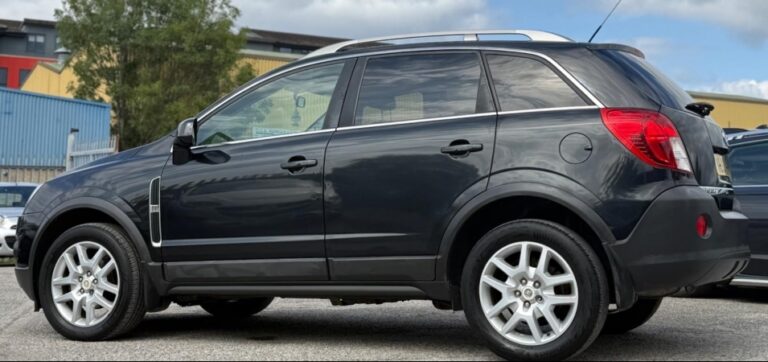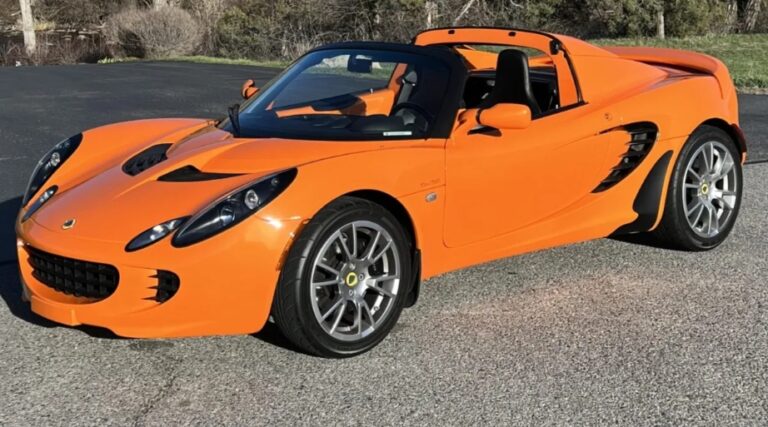The Evolution of the Fiat Ulysse
Introduction
The Fiat Ulysse stands as a notable chapter in the history of European minivans, a vehicle segment that gained popularity in the late 20th century due to its versatility, practicality, and family-friendly features. Although often associated with Citroën and Peugeot, the Fiat Ulysse shared its platform and design with these counterparts, forming part of the PSA-Fiat partnership that produced several successful family vehicles.
This article traces the development, models, and trim levels of the Fiat Ulysse from its inception in 1994 through its various generations, highlighting its evolution, technical specifications, and market positioning.
First Generation (1994–2002)
Introduction and Development
The first-generation Fiat Ulysse was introduced in 1994 as a result of cooperation between Fiat and PSA Peugeot Citroën. It was based on the PSA X83 platform, shared with the Citroën Xantia and Peugeot 406, but was tailored for the minivan segment. Originally launched as a compact multi-purpose vehicle aimed at families, the Ulysse was designed to combine practicality with comfort.
Models and Trim Levels
Initially, the first-generation Fiat Ulysse was available in various trim levels, often reflecting the market and regional preferences. Common trim levels included:
- Base/Standard: Basic features with minimal luxury appointments.
- SX/ELX: Mid-range trims offering additional comfort and convenience features.
- Elegance: Higher trims with upgraded interiors, better audio systems, and enhanced features.
- Limited/Top trims: Offered optional packages that included features such as leather seats, alloy wheels, and advanced audio.
Powertrain and Features
The first-generation Ulysse was offered with a range of petrol and diesel engines, including:
- Petrol Engines: 1.8L, 2.0L, and 2.0L 16V options.
- Diesel Engines: 1.9L turbo-diesel units, notably the 1.9 TD and later the 2.0 HDi (introduced later in the lifecycle).
Transmission options typically included 5-speed manual and, in some markets, a 4-speed automatic. The vehicle boasted sliding doors (particularly the later models), flexible seating arrangements, and ample cargo space.
Facelift and Updates
In 1998, the Ulysse received a mid-cycle facelift that included updated front and rear styling, improved interior features, and minor mechanical improvements. The facelift helped keep the model competitive until the second generation debuted.
Second Generation (2002–2008)
Development and Launch
The second-generation Fiat Ulysse debuted in 2002, built on the PSA EMP2 platform, which provided improved ride quality, safety, and interior space. This generation marked a significant evolution in design, comfort, and technology.
Models and Trim Levels
The second-generation Ulysse was available in multiple trim levels, which varied by market but generally included:
- Dynamic: Entry-level, with essential features.
- Elegance: Mid-range, offering upgraded interior materials and added convenience features.
- Emotion: Higher trims with luxury features.
- Hype: Top-tier trims with premium equipment, including leather upholstery, advanced audio, and safety features.
Some markets offered special editions or packages, such as “Family” versions with extra seating configurations or “Business” variants tailored for commercial use.
Design and Features
The second-generation Ulysse adopted a more modern, rounded design, with larger windows and improved aerodynamics. It featured sliding rear doors as standard, with optional electric operation. The interior boasted a flexible seating arrangement, including optional seven-seat configurations, with fold-flat seats and removable second-row seats for maximum versatility.
Powertrain Options
Engine options expanded, including:
- Petrol Engines: 2.0L and 2.2L inline-4 engines, with some markets receiving a 3.0L V6.
- Diesel Engines: 2.0L HDi and 2.2L HDi turbo-diesel units, known for their efficiency and torque.
Transmission choices included 5-speed manual and 4-speed automatic transmissions, depending on the engine and market.
Safety and Technology
The second-generation Ulysse improved safety with the inclusion of dual front airbags, ABS, and optional side airbags. It also incorporated modern features such as climate control, cruise control, and upgraded infotainment systems.
Production and Market Variants
European Market
Throughout its production, the Fiat Ulysse was primarily marketed across Europe, with a focus on family buyers. The vehicle was often positioned as an affordable yet versatile alternative to more premium minivans.
Other Markets
In some regions, the Ulysse’s platform was used for badge-engineered models under different brands. For example, the Citroën Synergie and Peugeot 806 shared the same platform and engineering.
End of Production and Discontinuation
The second-generation Fiat Ulysse was discontinued in 2008, with the model being replaced by newer designs under Fiat and PSA brands, such as the Fiat Ulysse (later rebranded as the Fiat Scudo in some markets) and the Citroën C8.
.
MANY auto lovers not only spend time in their garages to tinker on their autos, but have other projects going on in there as well. Wood working is a popular pastime for the creative type of individual. Not sure what to make next? Or thinking about getting into this kind of hobby? There’s lots of possibilities… Here’s some of them…

.
Key Features and Trim Evolution Summary
| Generation | Years Produced | Notable Models & Variants | Trim Levels | Notable Features |
|---|---|---|---|---|
| 1st Gen | 1994–2002 | Fiat Ulysse, Citroën Synergie | Base, SX/ELX, Elegance | Sliding doors, flexible seating, range of engines |
| 2nd Gen | 2002–2008 | Fiat Ulysse, Peugeot 807 (Europe) | Dynamic, Elegance, Emotion, Hype | Modern design, improved safety, versatile interior |
Conclusion
The Fiat Ulysse’s evolution reflects broader trends in the automotive industry toward versatile, family-oriented vehicles with flexible interiors and modern safety features. From its modest beginnings in the mid-1990s to its more refined second generation in the early 2000s, the Ulysse served as a practical, accessible option within the minivan segment.
While production ended in 2008, the vehicle’s legacy persists in its influence on subsequent Fiat models and its role in the success of PSA-Fiat collaborations. Its various trim levels and configurations underscore its versatility and appeal to a broad customer base seeking functional family transportation.
